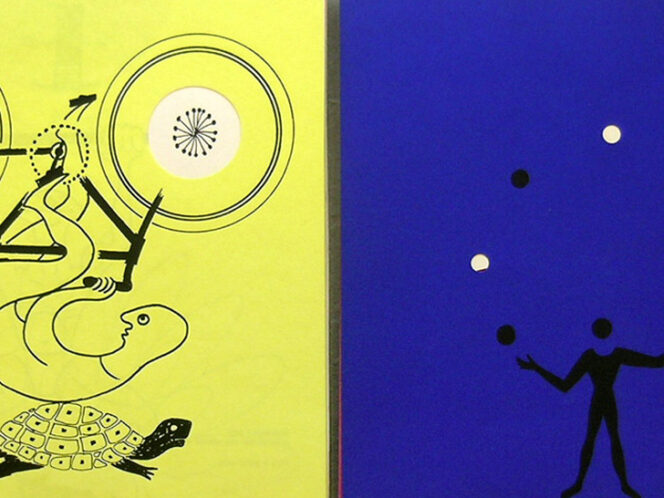
“This can’t be designed in two weeks,” they said. “A self-taught man with no technical education cannot come up with a stable framework,” they grumbled. We don’t know who bought Joseph Paxton a beer, but every Brit knows what the Crystal Palace was.
The nineteenth century was the age of revolution, Napoleon, industrialization, and international exhibitions. The first one took place in London’s Hyde Park in 1851, on the initiative of Prince Albert, privately the husband of Queen Victoria, up until recently the longest reigning British monarch. During her rule, Britain developed into the world empire that was getting rich quickly. Thanks to the new markets and due to the galloping industrial revolution, its workshops and factories were releasing new products at full speed. They were presented to a wider audience at national exhibitions, of which the most splendid one took place in the turbulent but still imperial France. And since this situation bothered the British (not for the first time in history), they decided to show the French that it was their products and exhibitions that were the best in the world. That’s how the decision to organize the first world exhibition in London was made. The Royal Commission was formed, which was to organize it and fundraise for it. It was led by Prince Albert.
Difficult Beginnings
At the beginning of 1850, the Commission organized an architectural competition for a temporary exhibition pavilion in Hyde Park. It was supposed to be a simple structure, as inexpensive as possible, and its elements appropriate for reuse.








